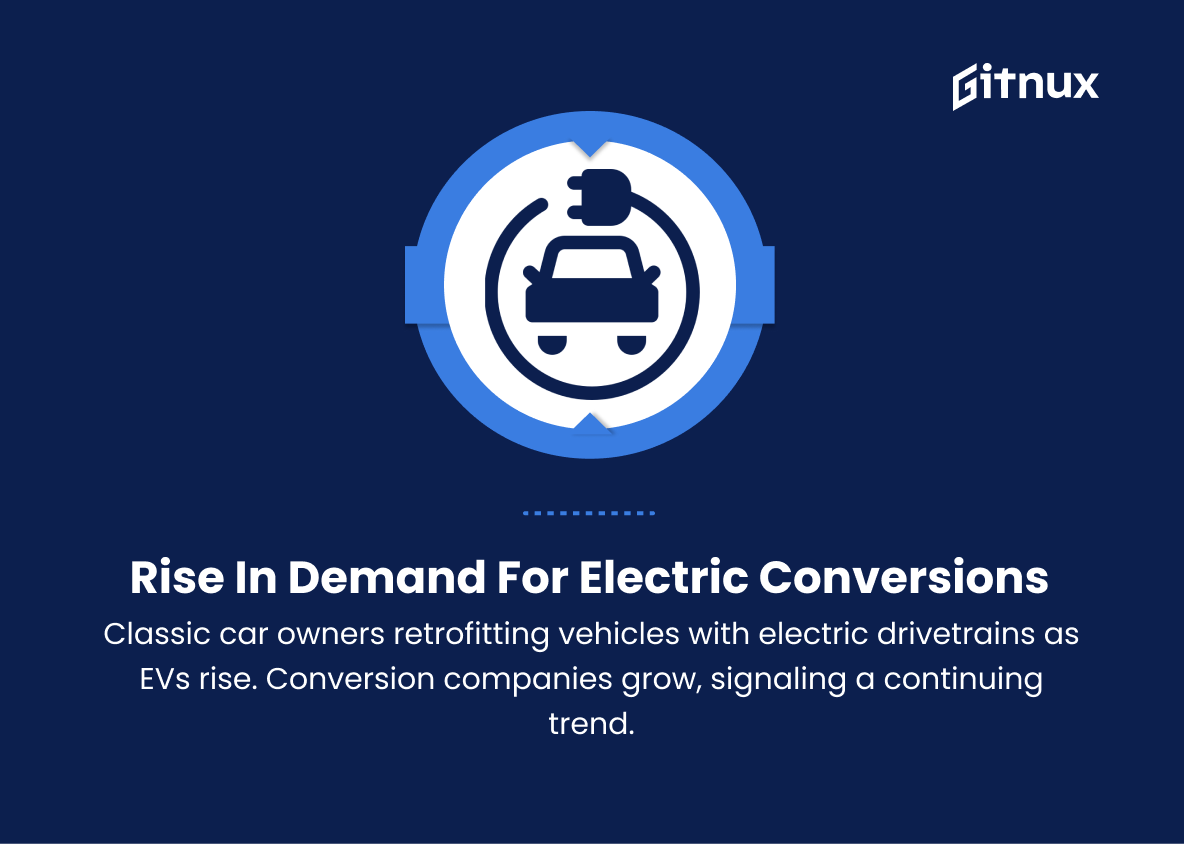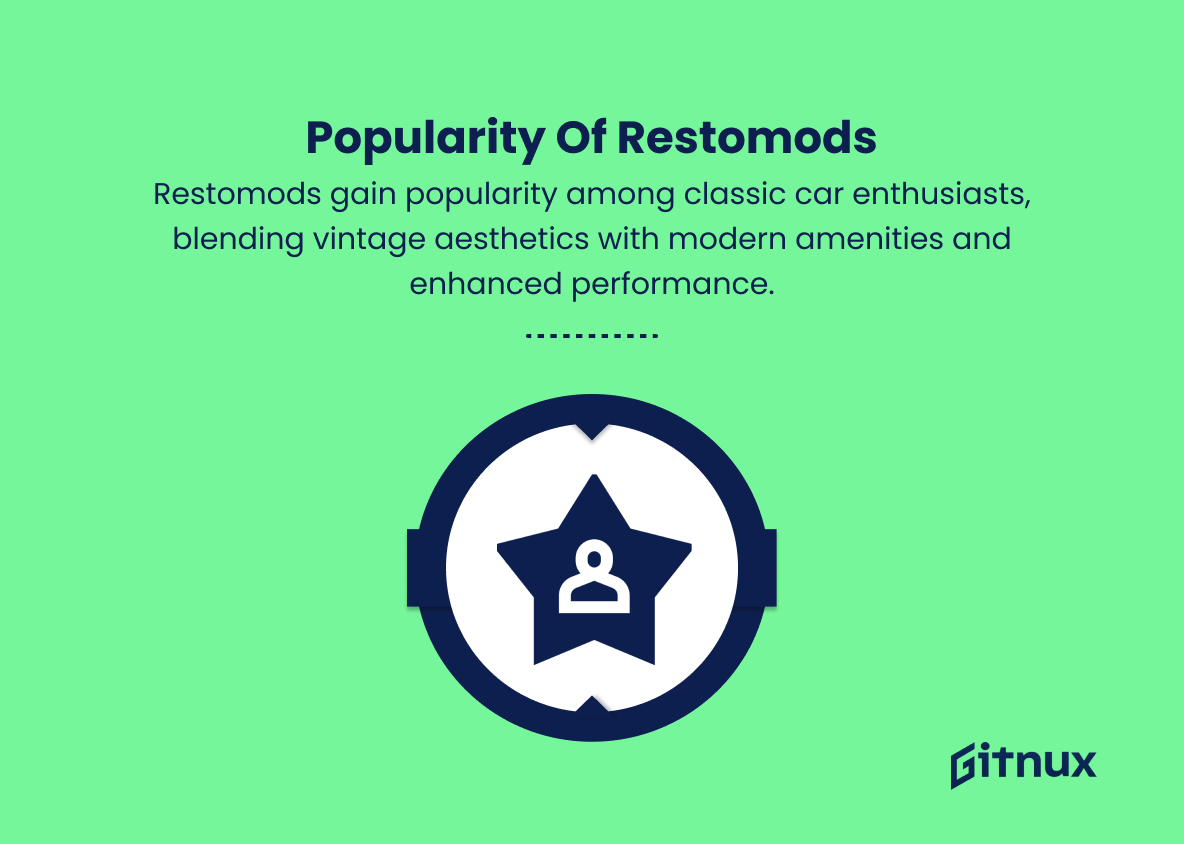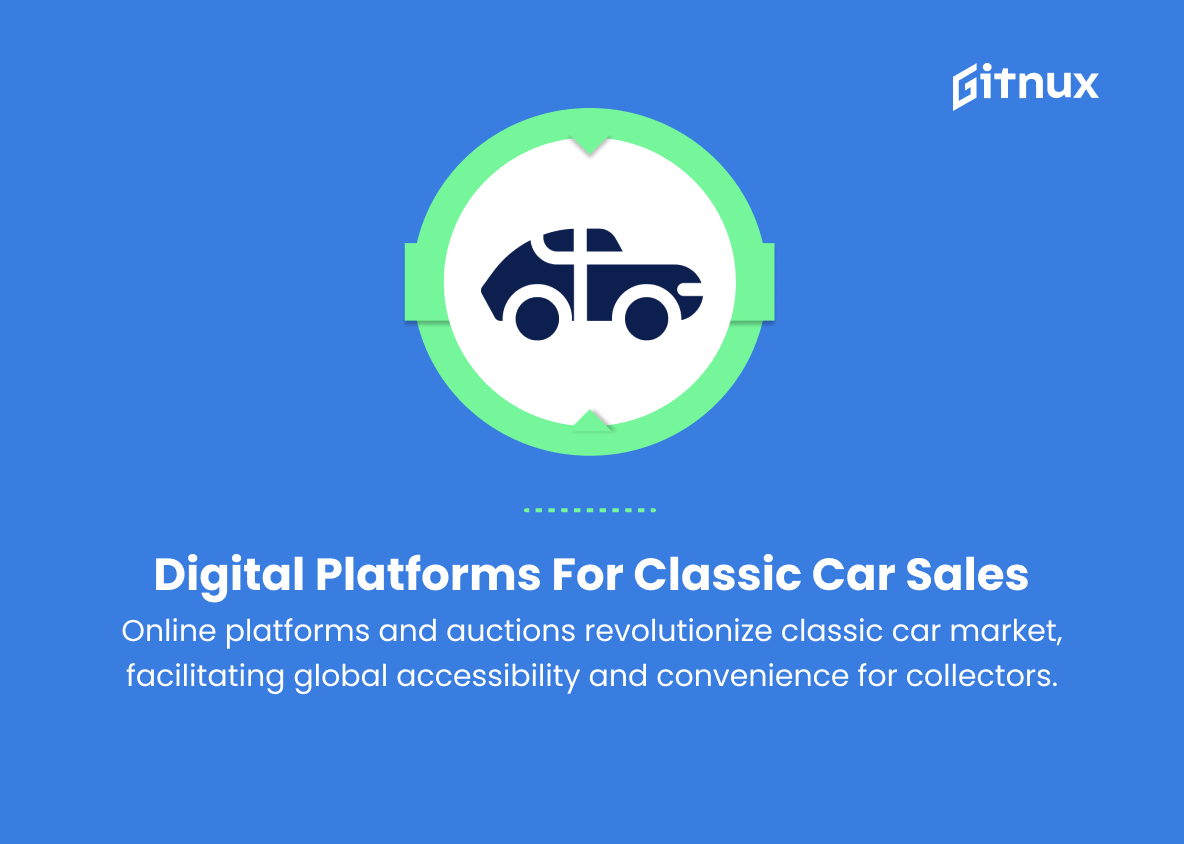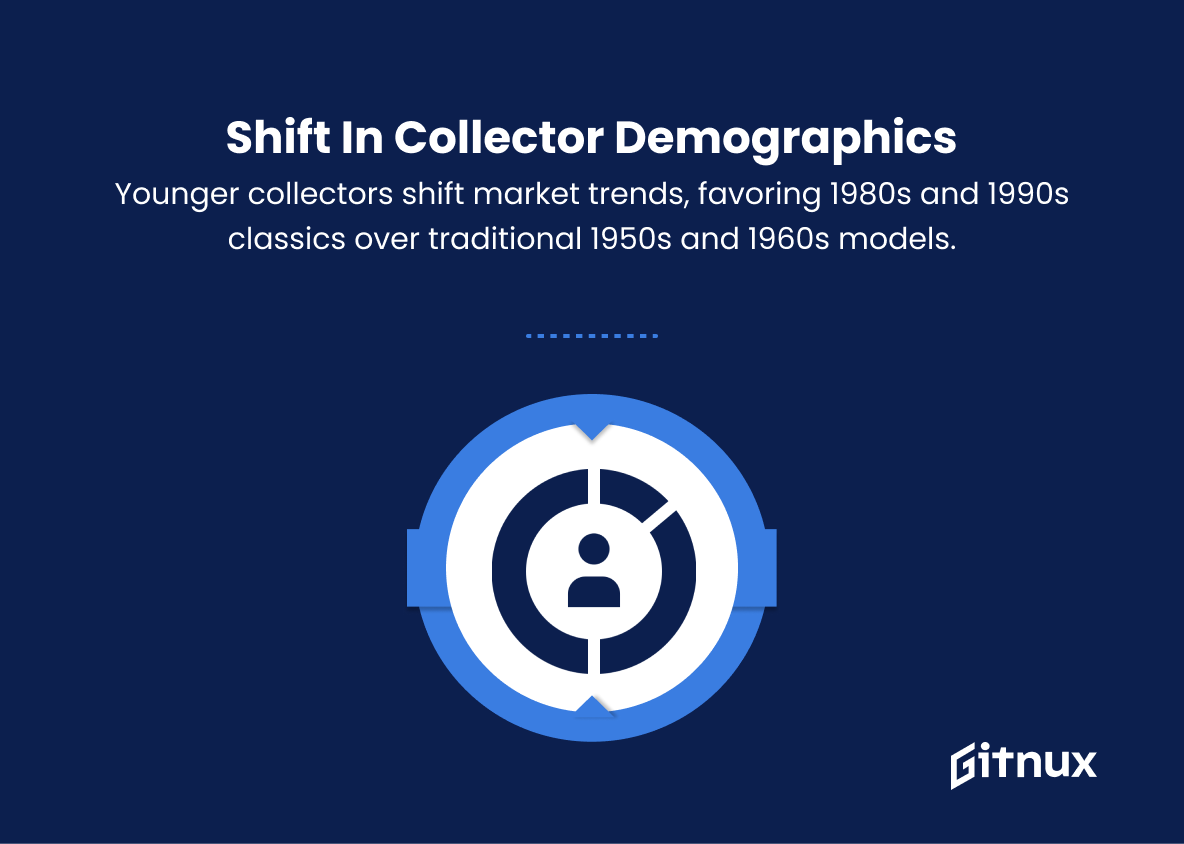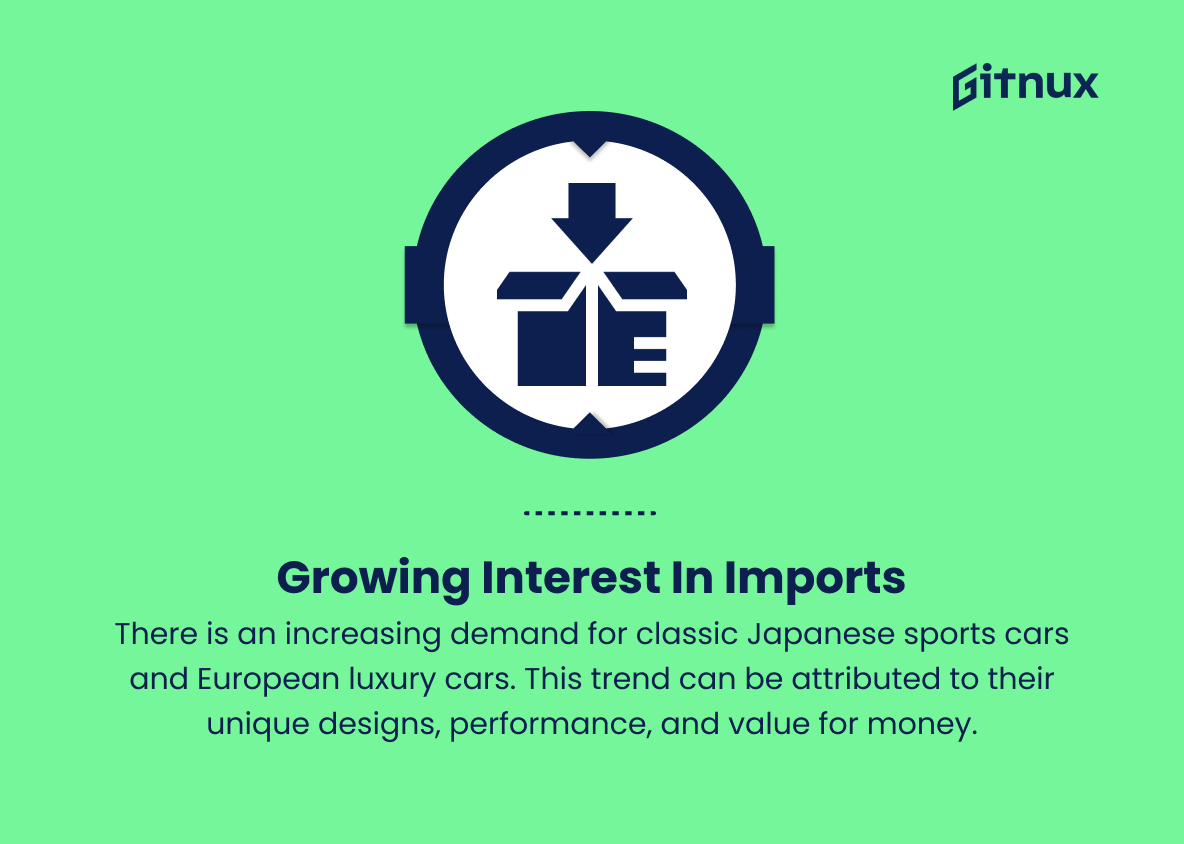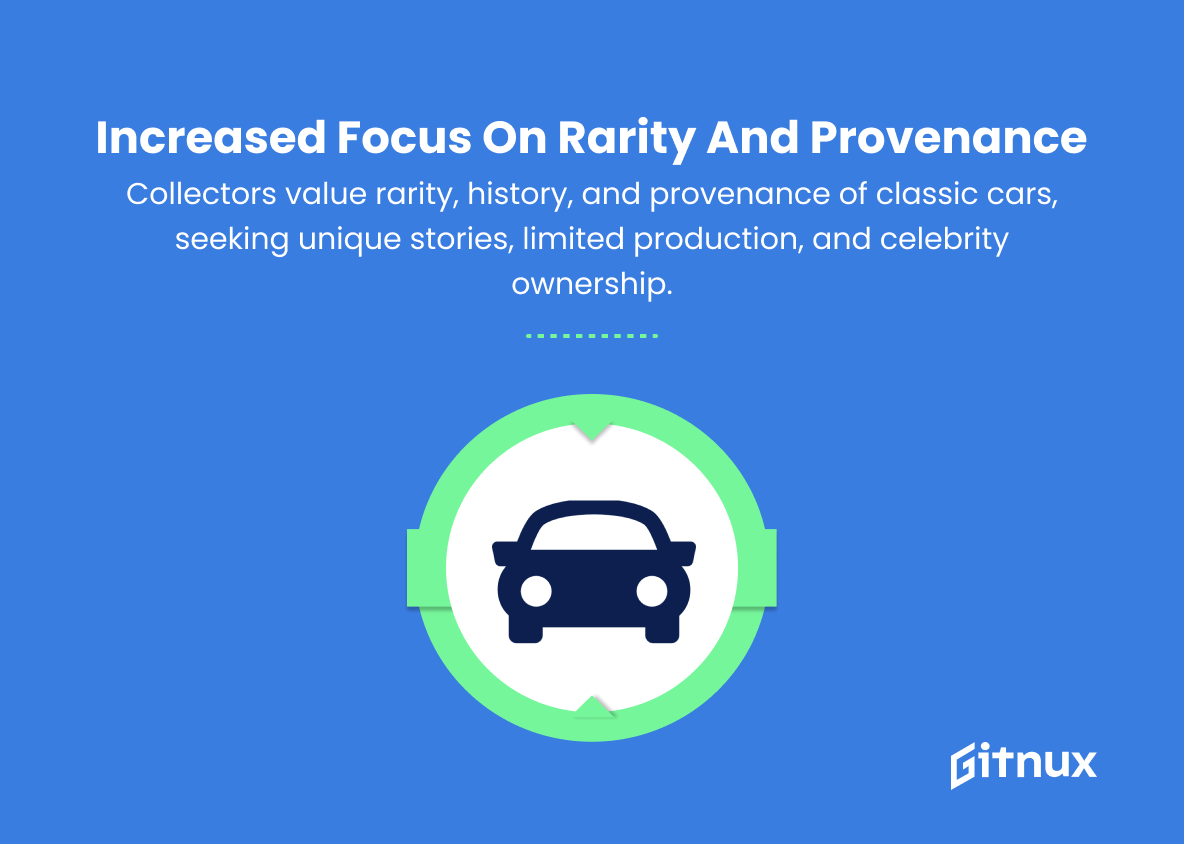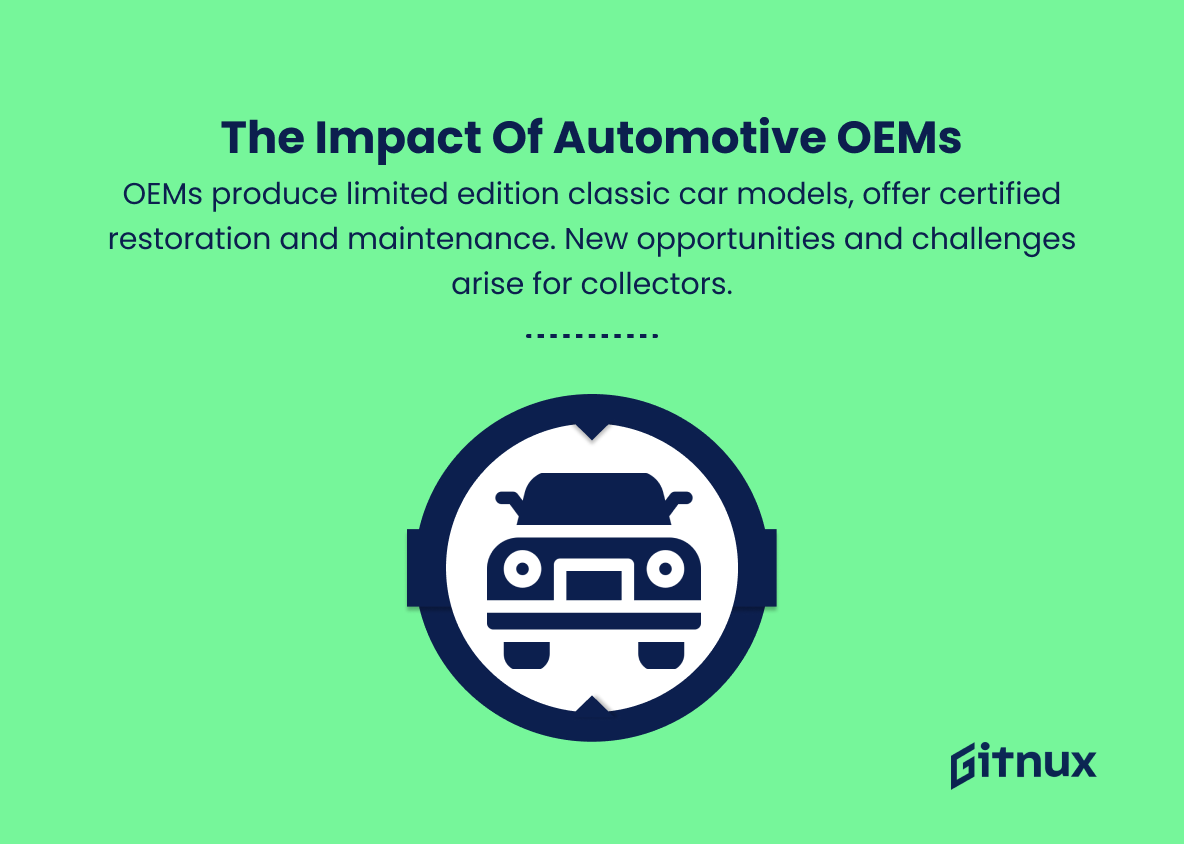In recent years, the classic car market has been experiencing a fascinating evolution, fuelled by an enduring passion for vintage vehicles and shifting consumer preferences. As collectors and enthusiasts seek to understand the forces driving this dynamic industry, staying informed on the prevailing trends and emerging opportunities has never been more crucial.
In this insightful blog post, we delve deep into the current state of the classic car market, analyzing the key factors that influence its trajectory, while also examining the challenges, innovations, and potential breakthroughs that could shape its future landscape. Join us as we navigate the twists and turns of the Classic Car Market Trends – a thrilling ride that promises to ignite your appreciation for automotive artistry and inspire your investment instincts.
Top Classic Car Market Trends
1. Rise in Demand for Electric Conversions
As the world moves towards electric vehicles (EVs), classic car owners are seeking ways to retrofit their vehicles with electric drivetrains. EV conversion companies are growing in number, and we can expect this trend to continue in the coming years.
2. Popularity of Restomods
Restomods, or vehicles that have been restored and internally modified to perform better than their original counterparts, have gained popularity among classic car enthusiasts. These vehicles retain their vintage look while having modern amenities and improved performance.
3. Digital Platforms for Classic Car Sales
With the growing number of digital platforms and online auctions for selling classic cars, collectors are increasingly finding and acquiring their dream cars through these channels. This has made the global market more accessible and flexible.
4. Shift in Collector Demographics
Younger generations have shown an interest in classic car collecting. This change in demographic has started to shift the market trends, as these collectors may be more interested in vehicles from the 1980s and 1990s compared to more traditional classics from the 1950s or 1960s.
5. Growing Interest in Japanese and European Imports
There is an increasing demand for classic Japanese sports cars and European luxury cars. This trend can be attributed to their unique designs, performance, and value for money.
6. Increased Focus on Rarity and Provenance
Collectors are putting more emphasis on the rarity, historical significance, and provenance of classic cars. Vehicles with a unique story, limited production, or celebrity ownership have become highly sought after.
7. High-Value Classic Cars as Investments
In recent years, classic cars have gained recognition as an alternative form of investment. Investors are drawn to the potential return on investment that some rare and exceptional classic cars offer.
8. The Impact of Automotive OEMs
Many original equipment manufacturers (OEMs) are now producing continuation or limited edition models of their classic cars, as well as offering certified restoration and maintenance services. This has created new opportunities and challenges for collectors.
9. Preserving Originality
There is a growing trend towards preserving classic cars in their original condition. This means not making any modifications or restorations and valuing the vehicle’s originality and patina over a fully restored example.
10. Rise of Classic Car Events
Classic car shows, rallies, and races are gaining popularity worldwide, as they offer enthusiasts the opportunity to showcase their vehicles and share their passion with fellow car lovers.
These are just a few of the classic car market trends to watch for in the coming years. As technology continues to evolve and the tastes of collectors shift, the classic car market will likely see even more changes and unique trends emerging.
Implications
The classic car market is experiencing a significant transformation as a result of various trends. With the global shift towards electric vehicles, we see a rise in demand for electric conversions, resulting in an increase in EV conversion companies. The popularity of restomods speaks to the desire for modern performance and amenities combined with a vintage aesthetic. As digital platforms revolutionize classic car sales, the market becomes more accessible and flexible, catering to a younger, more diverse demographic with shifting preferences towards 1980s and 1990s vehicles, Japanese sports cars, and European luxury cars.
Emphasis on rarity, provenance, and originality highlights the growing appreciation for historically significant and unique examples, leading to an increase in events that celebrate these vehicles. High-value classic cars are now viewed as alternative investments, adding another dimension to the market. Furthermore, automotive OEMs’ involvement in producing continuation models and offering restoration services creates new opportunities and challenges for collectors. Ultimately, the classic car market is continually evolving due to these trends, with the potential for even more changes and innovations in the future.
Conclusion
In summary, the Classic Car Market continues to evolve with shifting trends in ownership, restoration, and investment opportunities. As millennials enter the market and technology progresses, the industry adapts to cater to new demands and preferences, offering a range of opportunities for both new and long-standing enthusiasts. Regardless of these changes, the love and passion for classic cars remain a constant driving force behind the market’s growth and resilience.
By staying informed and adapting to these trends, collectors, investors, and aficionados alike can successfully navigate this ever-changing classic car landscape and continue to derive satisfaction and value from their involvement with these timeless automotive treasures.
